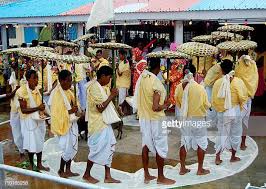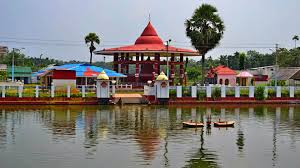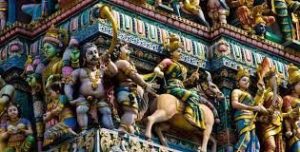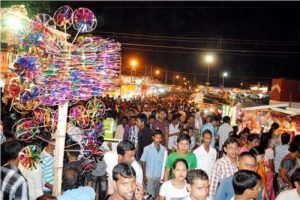Everyone is well proficient to handicrafts. When an artist makes a handicraft it means a lot, because his dedication and love for his work makes it more precise and winning. Almost every state has its own beauty of art and crafts, one of them is SIKKI Grass Work, from Bihar and U.P.
Sikki Grass Work, from Bihar

The women of Mithila region of North Bihar are known for their impressive craft skills. From the early centuries, they have been making beautiful Sikki Craft apart from the very famous Mithila Painting, Godna Painting, Papier mache, Sujani Embroidery, Appliqué works etc. Sikki is a type of grass of golden colour which is grown in the wet and marshy area around rivers and ponds and area of heavy rainfall in Mithila region of North Bihar.

RAW MATERIALS USED: Sikki grass is grown in the wet and marshy area, the area of heavy rainfall, around the rivers and pounds in North Bihar. These golden grass are collected by Harijans and sold in the local markets.
The munj (another grass) and khar are other important raw materials for the making of sikki grass products. Munj is much cheaper and more abundant, so it is used to give basic shape and strength in sikki products. At first, munj is coiled and then it is covered with sikki grass.
Other raw materials are colours for dyeing of sikki grass. .The last and most valuable raw material is water, which is used to soak the sikki grass and make it more pliable as it is coiled around the munj.

Step-by-Step Sikki Grass Work PROCESS: The sikki is characterized by its wonderful beautiful golden colour, so it is also called Golden Grass. It is also colored into different shades of colours e.g. red, yellow, green, deep blue, purple, and pink, etc.
with the natural golden colour to make the final product more attractive. Before you can use, sikki it needs to be soaked in water to make it more pliable as it is coiled around the munj.
dyeing is achieved by boiling sikki in different colours. Now the main structure is shaped with munj or khar (other types of grass) to provide the basic shape and additional strength to the sikki product. Due to its abundance, generally, munj is used for coiling purpose in Maithili region of Bihar.
Then the munj is completely coiled over and covered with sikki so that it is not visible through the encasing. Then the main tool, takua is used carefully because it can also cut sikki if the artisan doesn’t use it carefully. The product being made is held firmly with the left hand while the right hand is completely free to wield the takua.
Maithili women make different designs and patterns in the sikki product by combining dyed sikki with natural golden colour sikki to give it a more artistic and attractive look. It requires not only skill but lots of creativity, concentration and patience.

PRODUCTS OF SIKKI: years ago when there were not so many sources of entertainment in the villages in North Bihar, women used to make different artistic crafts and paintings for their entertainment as well as to make some valuable utility products for their household uses .
now this precious craft has been a source of their living. SIKKI has a large area of the market, the decorative pieces by artisans contribute a lot in decorating the house.
Initially, women used to make Utilitarian products that are different kinds of baskets and other multi-purpose boxes they have many names such as Jhappa, Mauni, Pauti, Gumla, Saji.
But apart from this, there are also decorative and useful pieces made out of sikki such as Sikki grass coasters, Mobile cases, Masks, Mirror frames, Table mats, Pencil boxes, Hand-held fans, Colourful bowls, Jewelry Boxes, Bangles, Toys, Pen stands, Paper Weights, 3-D figures.
so next time if you want to decorate your home with some Eco-friendly desirable material then go for sikki ..!!!



